Ok, I was going to talk about the Wuyi Qizhong that I got along with the aged Tieguanyin and the aged shuixian that I got…. but that got derailed, because the tea turned out sour, enough so that it’s no longer pleasant to drink. If made lightly, I can probably get something out of it as an occasional beverage, but that’s about it.
So…. instead, let’s talk about aged oolongs in general.
As those of you who’ve been reading the blog have probably noticed, I’ve been on a binge for the past few months drinking various sorts of aged oolongs. Much like what I was doing with youngish puerh, I’ve been trying to get my hands on a wide variety of aged oolongs and drink them, becuase I think that’s the only way I can learn about them properly. What other people tell you is all fine and good, but nothing replaces actual drinking experience.
So with that in mind I went around Taipei looking for them. I asked about them no matter what tea store I walked into. The first thing I’ve learned is that everybody has some “laocha”, or “old tea”. When you say old tea here, you are usually talking about aged Taiwanese oolongs. Some people have assumed I was talking about puerh, but that’s often because I’m young and young people usually don’t drink old oolongs. Puerh is more fashionable to drink.
Just because everybody has them doesn’t mean they’re all real, or good. First of all there are very very roughly two kinds of Taiwanese teas that are often aged, at least among the stores I’ve been to. Baozhongs come in abundance, but there are also a number of places that sell aged oolongs — the rolled kind, often from Dongding, but sometimes from other places.
There are roughly three types of aged oolongs, I think. One is your “often reroasted” kind. Liquor from these will be dark and sweet, mellow, not too floral. One is the “dry stored from strong roast”, I think anyway, with a more puerh-like flavour and a residual note of floral quality. Then you have the younger, “still kinda green” aged oolongs. Those are actually nicer than current year stuff, I think, but I’m not sure how viable they are for long term storage. More honey like, some floral notes…. still quite nice.
This is, of course, discounting the fourth and most common kind – oolongs turned sour. These are teas that are usually stored improperly — picked up moisture, or itself had too much moisture when stored. Reroasting will take care of it, sometimes, but not always. There will also be people who tell you that some sourness is natural in an aged oolong, and some might even say it’s the mark of a good aged oolong. Take that with many grains of salt. A hint of it can be a nice thing, but…..
And… there are also the fakes. Since there is simply no way for you to tell with certainty (at least I haven’t discovered a surefire way) just by observing the dry leaves if the tea really has been aged or not, fakes happen. Most often, they are just heavily roasted teas that have been, one way or another, doctored to make them seem aged. I’ve been to stores that gave me a few aged oolongs that are obviously just roasted oolongs with no age behind them. I’ve managed to avoid most of those, but still, a few slipped through because I couldn’t taste the tea or because I wanted to make sure. For people who haven’t had a lot of exposure to this type of tea, it’s an easy trap to fall into.
Because of aging, firing, etc, no two aged oolongs are exactly the same. Especially since there are no identifying marks of an aged oolong — there are no wrappers, neifeis, etc (unless your tea came from a competition with the accompanying documentation) so stuff from store A will always be different from store B.
This gets us to the question of price. Prices for these things vary wildly. Among the types of teas I’ve tried, they range from something like $50/600g to $300/600g. Yet, stuff that are on opposite ends of this range can taste remarkably similar. I’ve also had stuff that taste better but are cheaper than the more expensive counterparts. Obviously, taste is taste, and some others might disagree with me with my preferences, but generally speaking, when the price difference is, say, 3 or 4 times, and when the tastes are very similar…. one starts questioning whether the more expensive tea is worth the extra cost. It is also worth noting that the places with the high priced aged oolongs are generally speaking of the more “arthouse” variety — nice decor, good location, etc, that means you’re paying for a lot more than just the tea itself. In fact, some of these teas are probably sourced from the places where I’m buying the cheaper varieties — many of these arthouses haven’t been around long enough to store the teas all the way since their birth.
I haven’t really tried any of the aged oolong offerings that one can buy off the internet, so I don’t know how they compare, or what categories they fall into, or if they’re even aged at all. But aged oolongs can be wonderful, and I think the good ones offer many nuances that can rival (or even beat) an aged puerh. This is especially true when you factor in the price of many older puerhs these days, and the high proportion of fakes out there. Anybody who makes a trip to Taiwan should at least give this stuff a try — I think it’s well worth the effort.






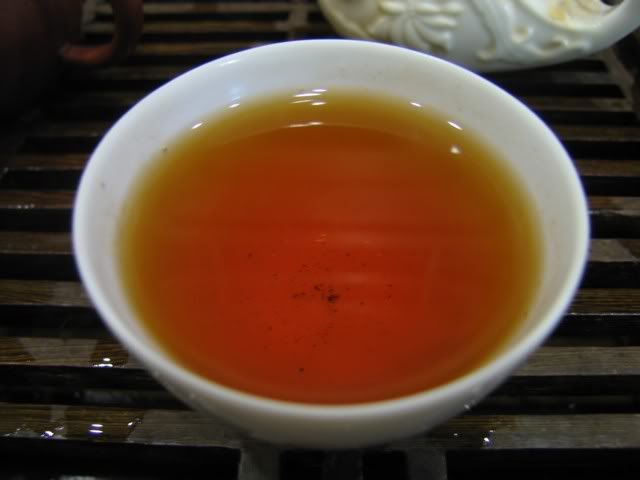


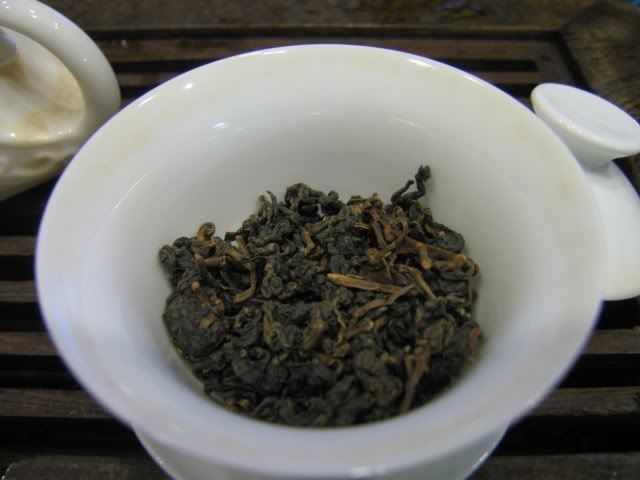
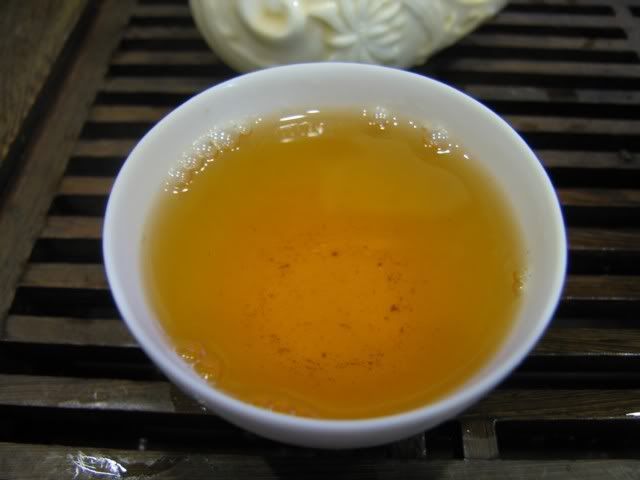

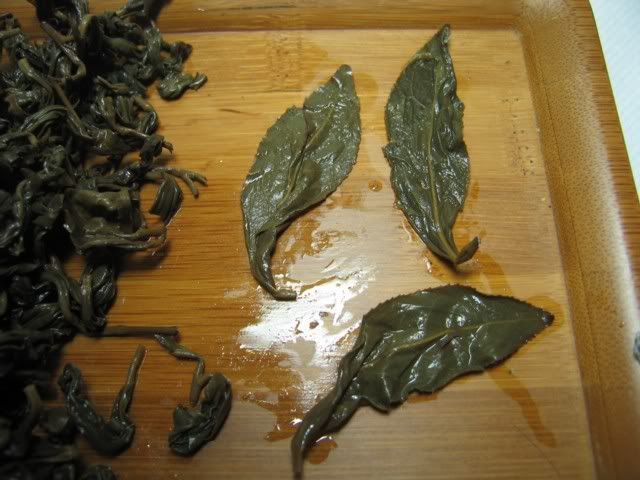
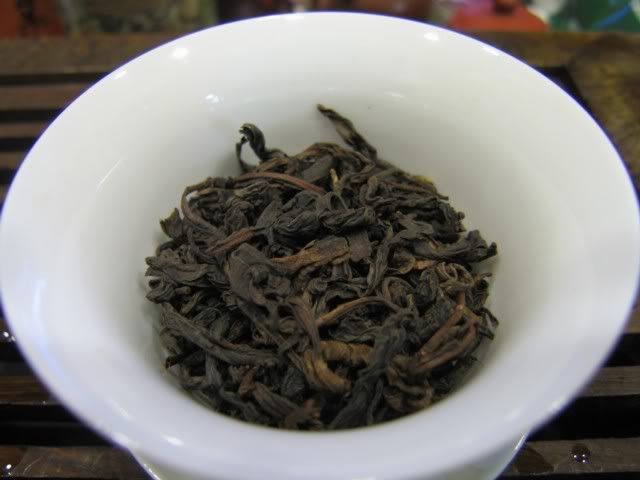



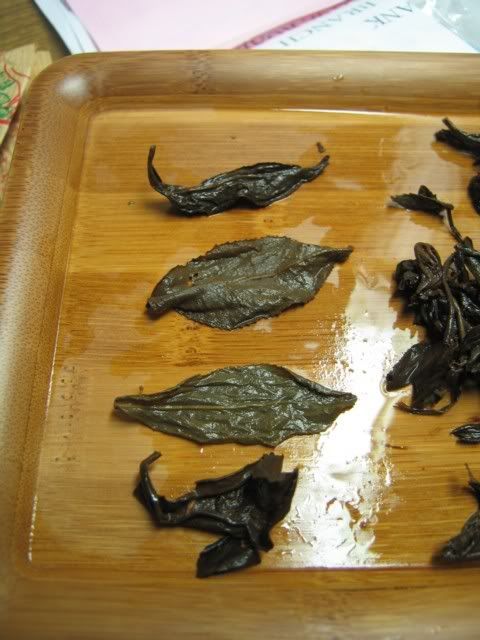




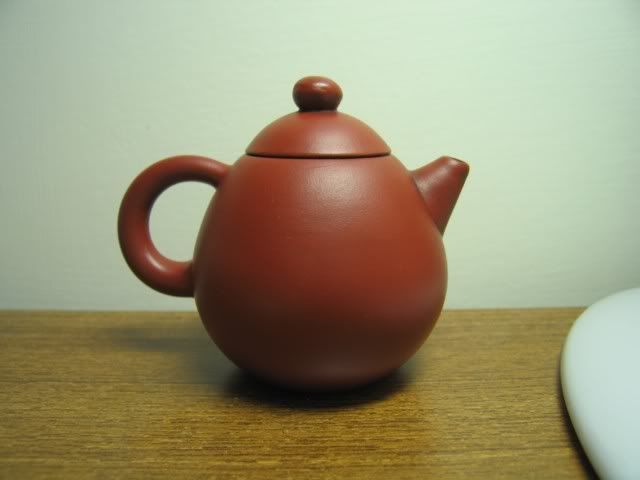
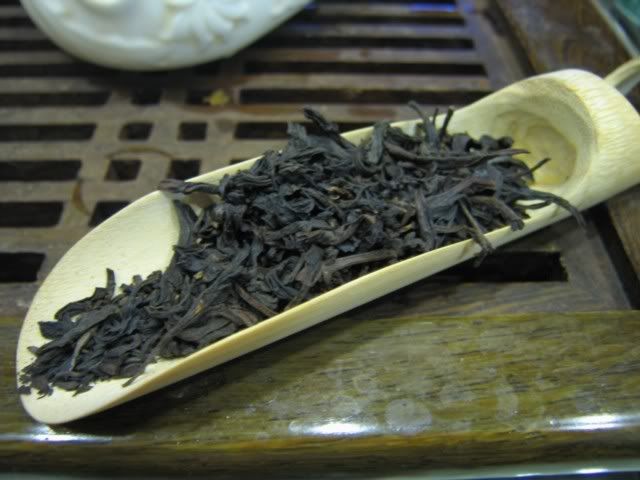
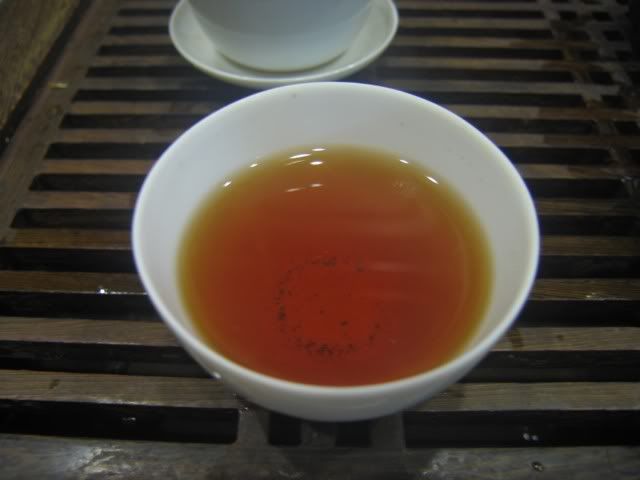
 RSS - Posts
RSS - Posts
I took you at your suggestion and have been reading some of your old post-Covid posts. I haven’t been to…